

Reconstructing the Menu of a Pub in Ancient Pompeii
Eat like a first-century Roman, using recent archaeological discoveries as your guide.
In the second century, Pliny the Younger wrote a letter to the Roman historian Tacitus, recounting the early stages of the eruption of Mount Vesuvius in 79 AD.* From his villa in Misenum, across the Bay of Naples from the volcano, he remembered seeing a dark cloud, shaped like an umbrella pine tree, filling the sky over the mountains flanking the northern edge of Sarno River plain. What followed was something that no one in the region was prepared for. A day after Pliny observed that dark cloud, a small tavern in a northeastern section of Pompeii collapsed, along with the rest of the town, under the weight of pumice and ash. This was later followed by a fast-moving pyroclastic surge of hot gas, volcanic debris, and ash that signaled the volcano’s final devastating blow: Those who stayed behind in Pompeii and Herculaneum were killed instantly by this infernal wave of heat, estimated to have been as high as 900° Fahrenheit. The barkeep of this tavern was one of these poor souls. He didn’t make it out of the establishment in time and perished in the cot where he slept, along with a dog and a man who had taken refuge inside the tavern with them.

In December 2020, archaeologists at the Archaeological Park of Pompeii announced that they had found the remains of these two men and the dog as they were excavating this ancient food establishment, known as a thermopolium. Located in Regio V, on the western edge of the unexcavated northeastern section of Pompeii, the well-preserved thermopolium’s counter, ceramic storage containers (known as dolia), and wall art offer some of the most pristine and moving finds to be discovered in recent years at the site.
To begin, the space’s large masonry counter was adorned with frescoes depicting scenes of daily life inside the venue, such as the flagons and cooking implements hung above the bar and the image of a porter making a delivery, as well as a portrait of a Greek sea nymph riding a seahorse and images of mallards, a chicken, and a dog. Leaning against the bar were several ceramic wine jars, known as amphorae, which originally housed locally produced and imported Greek wines. Lastly, some of the dolia contained the bones of several types of animals and one dolium contained remains belonging to one of the men (in the case of the latter, it’s likely they were placed there by 18th-century looters).
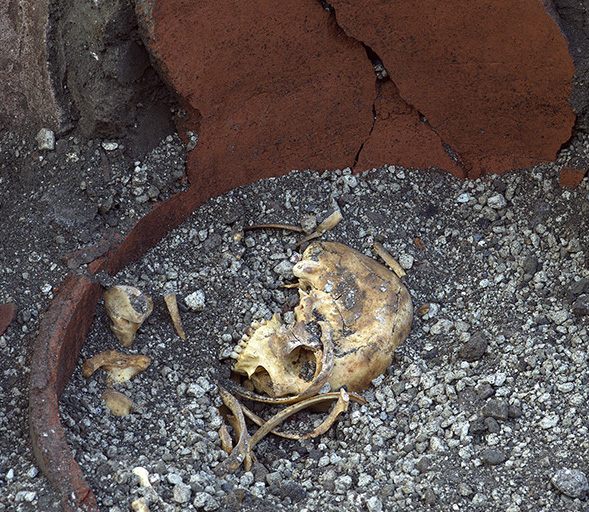
As a classical archaeologist whose research centers on food and food preparation in the Roman Mediterranean, I am overjoyed by finds like these, as the information obtained from them shines a bright light on the daily lives of classes of Roman society that are poorly represented in ancient literary sources: slaves and average, working Romans. Spaces like this thermopolium provide archaeologists like me with a realistic portrayal of what Roman food culture was like in comparison to sensational portrayals of Roman food culture, such as those found in satirical literary sources like Petronius’s “Trimalchio’s Banquet” or portrayed in opulent frescoes like those adorning the dining-room walls of the House of the Vettii, an exceptionally well-preserved luxury domus.
In contrast, this thermopolium invites us into an archaeological environment that gives an indication of where many everyday Pompeiians enjoyed cooked meals. According to Dr. Anna Maria Sodo, director and archaeology officer of the Antiquarium of Boscoreale, in the Vesuvian area alone, only 40 percent of the urban dwellings of the working poor and 66 percent of the middle-class homes had fixed hearths for cooking. To meet this high demand, there were at least 80 food and beverage outlets at Pompeii (the site has yet to be fully excavated). But what types of foods did these thermopolia serve to the everyday citizens?

To recreate a meal that comes close to what may have been served here, one can begin by looking at the archaeological remains found inside. This includes the imagery in the frescoes painted on the service counter and the contents of the amphorae and the dolia. One dolium contained the bones of duck, swine, goat, and fish, as well as shells from land snails. The duck bones in particular correspond to the fresco of two mallards painted on the front of the counter, perhaps as a pictorial menu for the illiterate majority at the time. While some scholars have proposed that these faunal remains may imply that first-century Pompeiians consumed stews or soups composed of a motley of creatures, aside from a few Apician patinae, this would be an anomaly in ancient Roman cooking. As dolia were primarily used for dry and liquid food storage, and not for cooking, it is possible that the bones and shells found in the dolium represented food waste from an in-house butchery, food preparation that took place behind the counter, or post-consumption food waste left behind by the customers.
It is also possible that these remains were evidence of something else entirely: What if these shells and bones were destined for a master stock that was used in the dishes being served in the establishment? After all, this thermopolium was situated near a fountain and water tower, providing access that would facilitate making a bulk broth on a daily basis. References to such dishes appear across historic texts: In the first century BC, Republican statesman Cicero complains of the “reek and fume” of stew-houses in his biting invective Against Piso, while Athenaeus of Naucratis, a third-century Greco-Egyptian writer, refers to food in the “common messes” as “nothing but broth and chunks of meat.” Second-century historian Dio Cassius even recounts an occasion when Emperor Claudius “abolished the taverns where [the populace] were wont to gather and drink, and commanded that no boiled meat or hot water should be sold.”
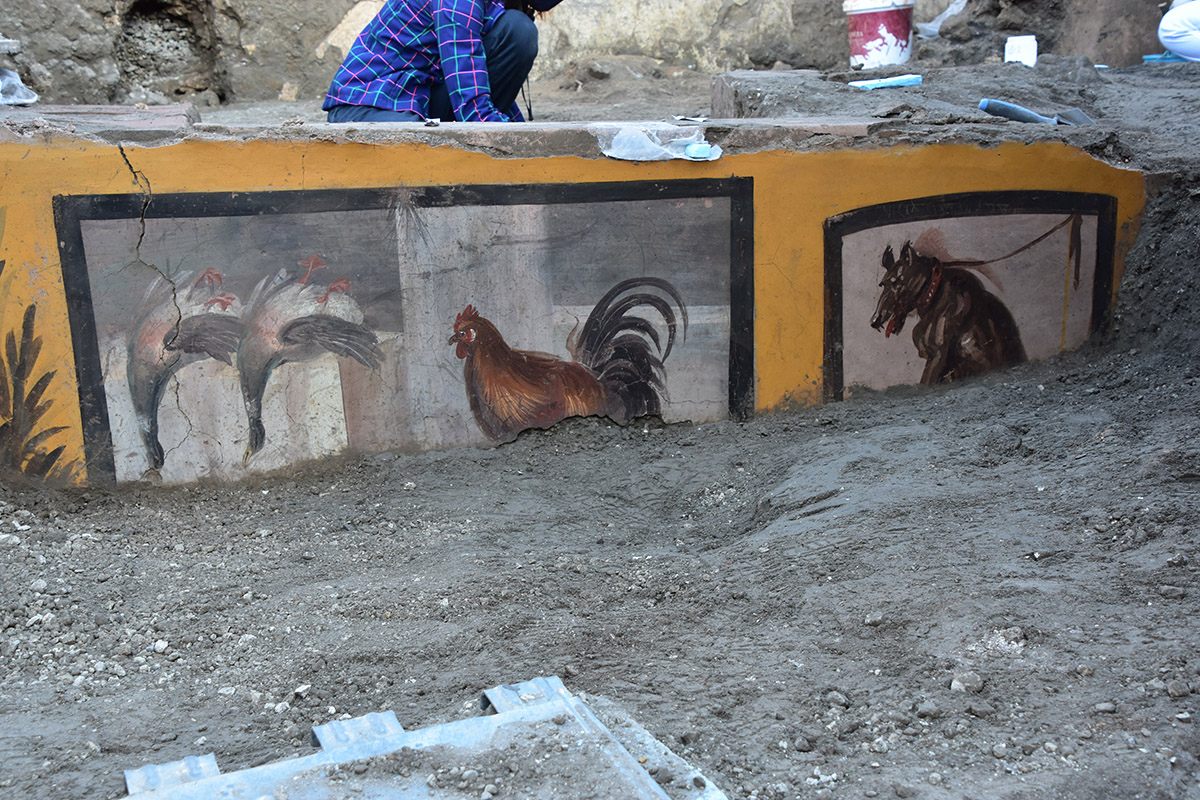
Dio Cassius’s description is telling: It’s highly likely that the space excavated in Regio V was, in fact, a tavern. Despite the fact that many publications refer to the dining establishments at Pompeii as thermopolia, the Loeb Classical Library records only two instances of the term being used. Experts such as Tonnes Kleberg, Mary Beard, Steven Ellis, and Claire Holleran have all noted that the more frequently found term in the Latin literary record, popina, is a more suitable name for these types of spaces. Typically translated as “tavern,” it’s sometimes translated as “public-house,” or, in the more modern vernacular, pub. To imagine the atmosphere of ancient Roman taverns, one can simply look to the frescoes that still adorn the walls of such spaces in Pompeii, depicting scenes of drinking, canoodling, gambling, and horseplay.

In consideration of some of this evidence, if we were to hypothesize that what we’ve read in the Latin literary record about “boiled meat,” “broth and chunks of meat,” and the “reek and fume” of stew houses refers to a popina, then we can also speculate that the bone and shell matter found in the dolium in the newly unearthed popina in Regio V was destined for broth. Does all of this evidence suggest that meat boiled in broth at the corner popina is the Roman version of pub grub? I believe it does, and this now brings us much closer to proposing a first-century Roman meal that could allow us to explore this space using another investigative tool: our taste buds.
A Pompeiian Pub Lunch:
Master Stock Braised Duck With Mensae
(Serves two.)

In his cookbook De Re Coquinaria, the first-century gourmand Marcus Gavius Apicius prepares duck or crane in broth in the following manner. It may seem a bit upmarket for a corner popina, but it is simple by Apician standards and features some of the commonly used ingredients and flavor enhancers of the time.
Wash and dress (the bird) and put in a large cooking pot; add water, salt, dill; cook it until it is firm, halfway through the cooking process; take it out and put it in another pan with oil and liquamen and with a bundle of oregano and coriander. When it is almost cooked add a little defrutum to add colour. Pound pepper, lovage, cumin, coriander, laser root, rue, caroenum, honey, pour on some of the cooking liquor, flavour with vinegar. Pour this back into the pan so that it warms through. Thicken with starch. Put the bird on a serving dish and pour the sauce over.
To accompany the main dish, I chose to include mensae, a flatbread that was once thought to be used as both a plate and a utensil. Virgil describes enjoying mensae this way in The Aeneid: After Aeneas and his men eat their meals off the flatbread, they remark, “Oh, look! we are eating our tables too!”

Equipment
I decided to use my terracotta foculus (portable brazier) and ollae (cooking pots) for this recipe in order to simulate the original cooking technologies and the “reek and fume” of Cicero’s stew-houses to the best of my ability. But my portable kitchen may actually be more suited to one of the slaves in Juvenal’s Satires than as a substitute for a fixed hearth in a popina. Home cooks can use a clay pot and tripod over barbecue coals or wood, or regular cookware on their conventional stoves to achieve a similar result.
I baked some of my flatbreads sub testu—beneath a ceramic testum or clibanus—and some were prepared on a griddle, a technique referenced by Athenaeus in the Deipnosophistae. Part of understanding the working and sensory environment inside a popina involves using the same cooking technologies and the same fuels. Home cooks using modern technologies, however, will have little difficulty making this recipe at home on a stovetop or grill, but you won’t come away from it smelling of woodsmoke and duck fat, as I did.

Ingredients
For the braised duck:
2 duck breasts or duck legs
A small bunch of dill or 1 teaspoon (2 grams) of dried dill
Pinch of salt
2 tablespoons (20 grams) of olive oil
2 teaspoons (6 grams) of colatura d’alici or Red Boat fish sauce
A small bunch of fresh oregano or 1 teaspoon (2 grams) of dried oregano
A small bunch of fresh coriander or 1 teaspoon (2 grams) of dried coriander
3 tablespoons (60 grams) defrutum/caroenum (which you can make with this recipe) or store-bought grape molasses
1 tablespoon (20 grams) red wine vinegar
1 teaspoon (5 grams) honey
1 teaspoon (5 grams) diced dandelion greens (cicoria, in Italian) to substitute for rue (which is potentially toxic in high volumes)
½ teaspoon (2 grams) each of dried ground black pepper; lovage; cumin; coriander; asafoetida (also known as hing and available at most Asian and Indian markets or health-food stores) to substitute for laser (silphium)
1 tablespoon (15 grams) flour
1 tablespoon (15 grams) duck fat, lard, or unsalted butter
Sprigs of fresh oregano (for garnish)
For the mensae:
2 cups (250 grams) of stone-ground whole wheat flour
1/4 cup (60 grams) of sourdough bread starter
¾ cup (160 grams) of water
½ teaspoon (2 grams) salt
Olive oil (if frying and not grilling)
No starter on hand? Make a small sponge composed of equal parts flour and water with 1 teaspoon (5 grams) of commercial baker’s yeast. Use ¼ cup or 60 grams of this sponge for the recipe.

Preparation
- Prepare the dough for the mensae: Dissolve the starter in the water, combine with the flour and salt, then knead the dough, cover it, and let it rest for one hour in a warm place.
- Place the duck in a pot, submerge it in water, add the dill and pinch of salt, and bring it to a boil. Cover and simmer on medium-low for 45 minutes to create a light broth. If you’re feeling brave, add a few snail shells, goat bones, and pork bones to the broth for added flavor.
- After the mensae dough has rested, cut the dough in half, and fold each half into a ball. Using a rolling pin or the palm of your hand, flatten each ball into a disk. Cover with a damp tea towel and let the dough rest for another 30 minutes.
- In a pan, combine the olive oil and fish sauce with the oregano and coriander, then heat on medium-high.
- Remove the duck from the broth pot and sear it in the pan along with the oil, fish sauce, and herbs. Drizzle with half of the defrutum (or grape molasses). Once the duck has browned, remove it from the pan and set it aside. Keep the drippings in the pan.
- In a bowl, combine the remaining defrutum (or grape molasses) with the red wine vinegar, honey, diced dandelion greens (or cicoria), ground black pepper, lovage, cumin, coriander, and asafoetida and whisk it all together.
- In the pan, add the flour and duck fat (or lard or unsalted butter) to the drippings and make a roux by dissolving the flour and fat together on low heat. Use a whisk to prevent clumping.
- Combine the mixture of honey, vinegar, and spices with 1 cup (215 grams) of the duck broth and slowly add the liquid to the roux in the pan, on low heat, whisking it together until it begins to thicken into a sauce.
- Cook both mensae by either heating a grill or a frying pan with olive oil, on medium-high. Place each mensa onto the hot grill or pan and grill it until it starts to inflate. Then flip it over and grill the other side until golden brown. Lower your heat if the mensae are browning too quickly before inflating.
- Place a large dollop of the sauce on each serving dish. Slice the duck meat into bite-size morsels and place them on top of the sauce. Drizzle with additional broth to surround the duck morsels and garnish with sprigs of fresh oregano.
- Slice the grilled mensae into wedges and serve them alongside the sliced duck to soak up the sauce and the broth.
Now take your bowl of braised duck and your bread, and imagine you’re in a Pompeiian popina. Find a stool where there’s enough light to see the food in front of you. You may have to sidle up next to a stranger so make sure your coin purse is secure. Best make this your last cup of wine. The ground always trembles beneath your feet when you’ve had too much and it’s doing so right now. Not to worry, the broth and bread will sober you up just enough to stagger out the front door past that dog that won’t stop barking at something off in the distance. Scratch his head to distract him, then say goodbye. Time to go while there’s still daylight. Is it daylight? The air outside has a strange yellow hue to it, and an acrid smell, and the earth feels as if it’s still trembling periodically as you steady yourself on the edge of a fountain. It’s probably just the wine but you’d better get home quickly. A dark cloud is forming above Vesuvio and it looks as if a storm is on its way.
* Correction: This article originally stated that Pliny wrote the letter in 79 AD. It was several decades after the eruption, around 106 AD.
Gastro Obscura covers the world’s most wondrous food and drink.
Sign up for our email, delivered twice a week.



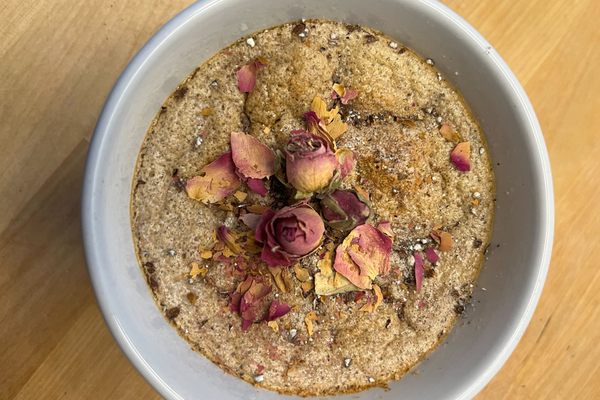


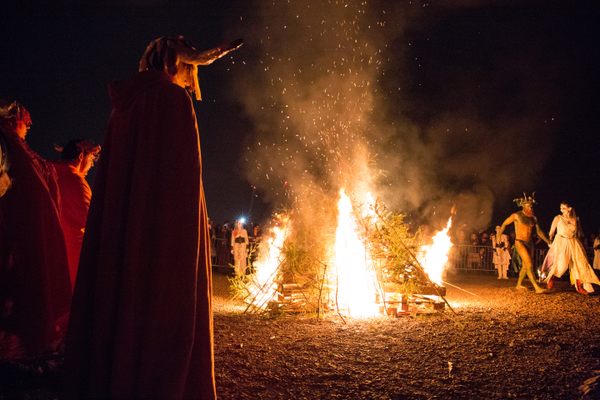

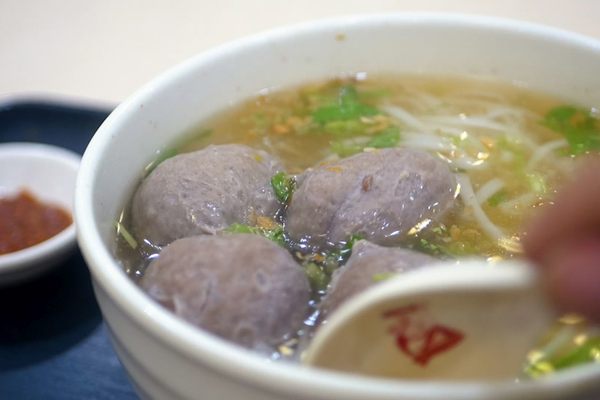
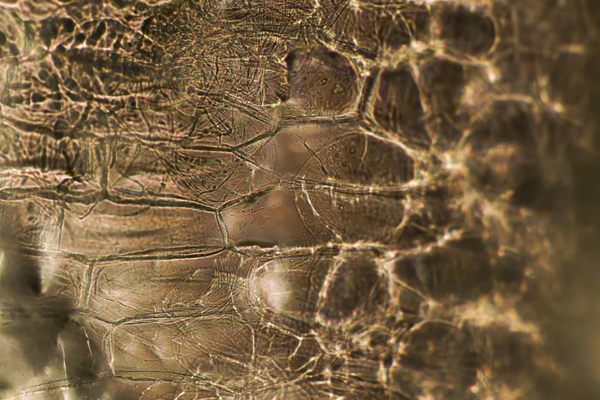



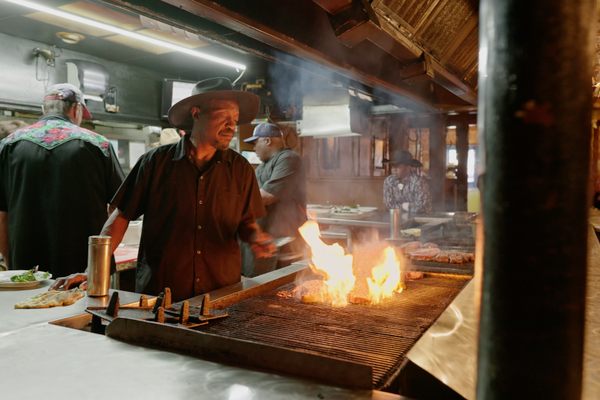



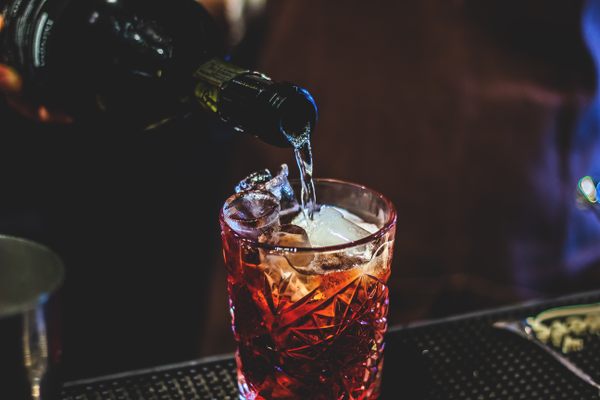
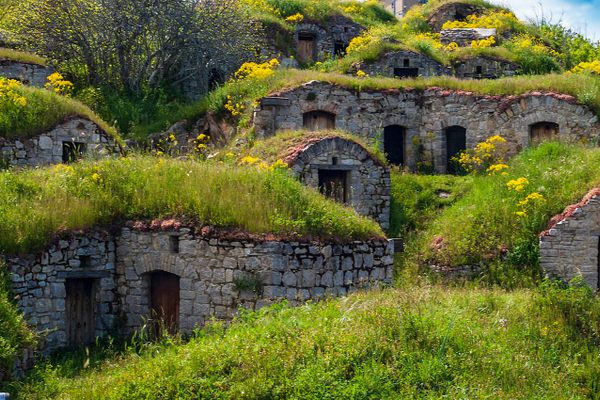



Follow us on Twitter to get the latest on the world's hidden wonders.
Like us on Facebook to get the latest on the world's hidden wonders.
Follow us on Twitter Like us on Facebook